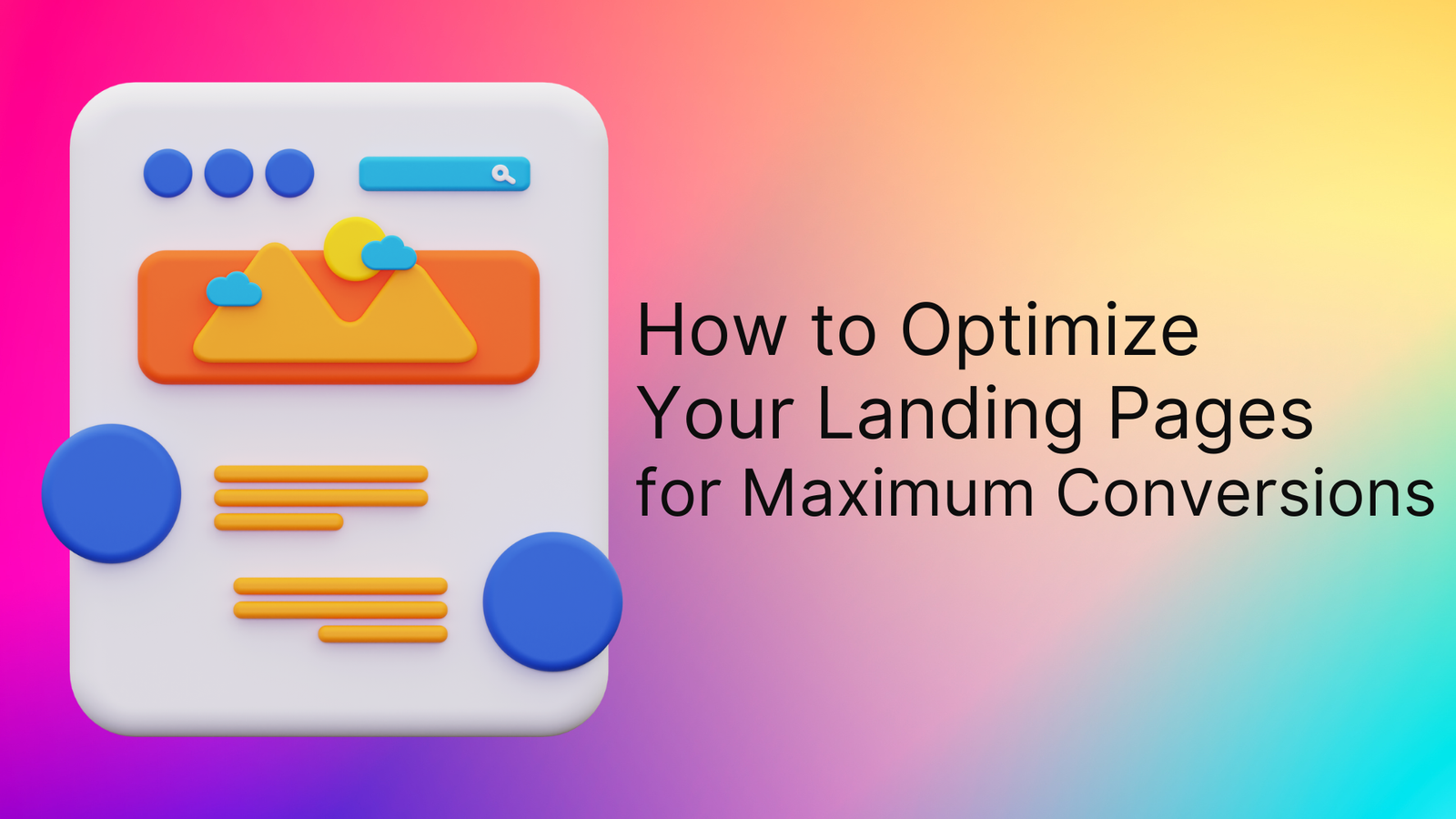
Are your landing pages failing to deliver results?
Does it feel like your tight marketing budget is being wasted on campaigns that don’t convert? Or perhaps your small team struggles to juggle multiple tasks, leaving little time for fine-tuning landing pages?
If you’re nodding along, you’re not alone. These challenges are common, especially for startups with limited resources. Studies show that poorly optimized landing pages are responsible for 44% of lost conversions.
The good news is that you can turn your landing pages into conversion powerhouses with some straightforward techniques. Let’s dive into how to achieve that.
Understanding Landing Page Optimization
Did you know that the average landing page conversion rate stands at 9.7%? Compare this with your figures, and it might explain why your campaigns aren’t delivering the results you want.
Landing Page Optimization (LPO) involves refining a landing page’s design, content, and structure to maximize conversion rates. It’s about creating a user experience (UX) that compels visitors to act, whether signing up for a newsletter or purchasing.
LPO is considered a subset of Conversion Rate Optimization (CRO) that focuses specifically on improving the performance of landing pages by ensuring they are relevant, engaging, and action-driven.
5 Steps to Boost Your Landing Page Conversion
Step 1: Identify Areas of Improvement
Before making changes, assess your landing page’s performance. Analyse traffic, click-through rates, scrolling behavior, and bounce rates.
- Use tools like heatmaps (e.g., Hotjar) to identify where visitors focus their attention and which areas are ignored.
- Example: If users aren’t scrolling to the CTA, consider moving it above the fold.
Step 2: Refine and Optimize Your Page Structure
Once you’ve identified problem areas, it’s time to refine your landing page. Bring together your design team, copywriters, and developers to focus on two key areas:
- Above the Fold: This is the first section users see. Ensure it includes a compelling headline, a clear CTA, and visual elements like images or videos that grab attention.
- Below the Fold: Reinforce your message here with detailed features, benefits, testimonials, and an additional CTA to guide users further.
Pro Tip: Ensure the design is clean and uses ample white space to keep users focused.
Step 3: Conduct A/B Testing
Testing is important to understand what works best for your audience.
There are two types of changes to consider:
- Micro Variants: Small adjustments, like font size or button colors, often have minimal impact but are still worth testing.
- Macro Variants: Significant changes, such as rewriting the page copy or redesigning the layout, can lead to noticeable improvements in conversion rates.
Example: Changing a CTA from “Learn More” to “Get Started Now” increased conversions for one brand by 30%.
Step 4: Measure Performance
After implementing changes, it’s essential to evaluate their impact. Use analytics tools and heatmaps to track user behavior and assess whether your modifications have improved metrics like conversion rates and the total time spent on the page.
Pro Tip: Monitoring trends over time can reveal what resonates with your audience and where further improvements are needed.
Step 5: Iterate and Improve
Optimization is an ongoing process. Even if your page performs well, there’s always room for improvement. Review your landing page’s performance regularly and make necessary tweaks to keep up with changing user preferences.
Streamline Optimization with SiteLifter
If you’re pressed for time or resources, consider leveraging a tool like sitelifter to simplify optimization. Here’s how it works:
- Upload Your URL: Enter your landing page’s URL to start the analysis. SiteLifter’s AI evaluates your design, content, and user flow, identifying areas that need improvement.
- Define Your Goals: Specify your target audience and conversion objectives. Whether you aim to increase sales, sign-ups, or inquiries, SiteLifter tailors its recommendations accordingly.
- Receive Actionable Suggestions: Get AI-driven insights on headline clarity, CTA placement, and page layout. With step-by-step guidance, optimizing your landing page becomes straightforward.
Bonus Tips for Success
- A/B Testing: Continuously test different elements like headlines, images, and CTAs to identify what performs best.
- Personalization: Tailor your landing pages to different audience segments to increase relevance and engagement.
- Mobile Optimization: Ensure your landing page is responsive and user-friendly for mobile visitors. Over 70% of web traffic now comes from mobile devices.
Conclusion
An optimized landing page is imperative for turning visitors into paying customers. Even with limited resources, you can achieve tangible results by refining your design, content, and CTAs.
Start applying these steps today, and watch your landing page transform into a powerful conversion tool. Want to fast-track your success? Try tools like sitelifter to simplify the process and achieve better results with less effort.






